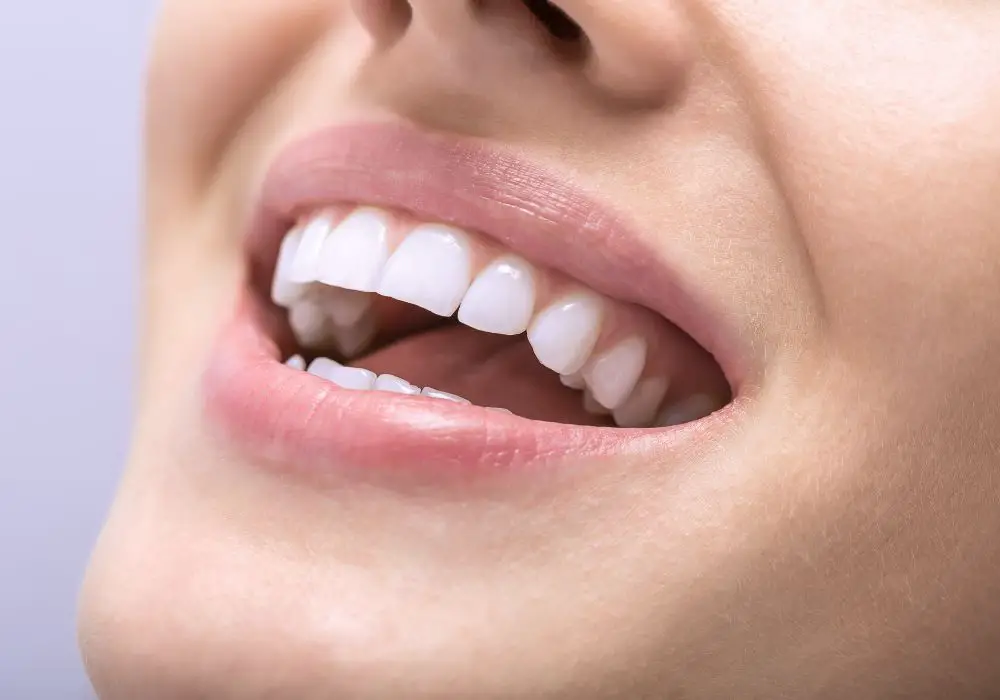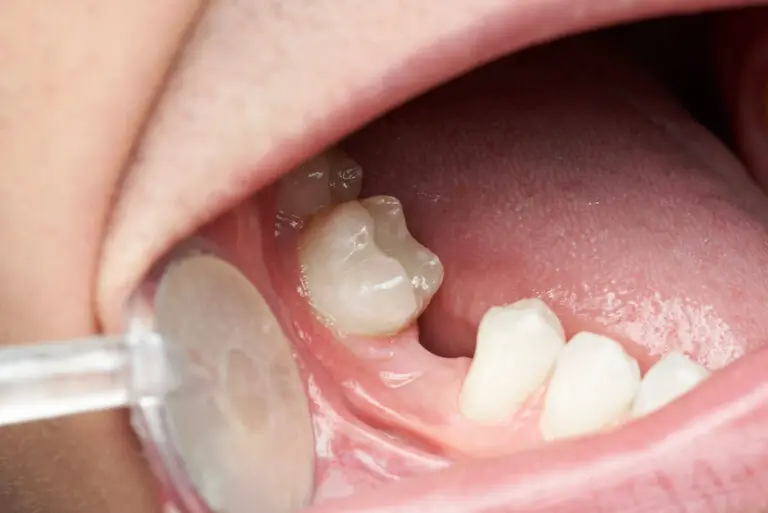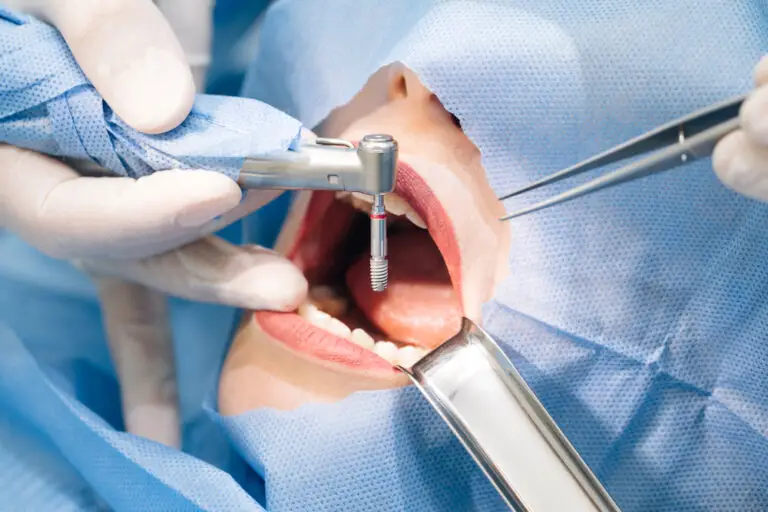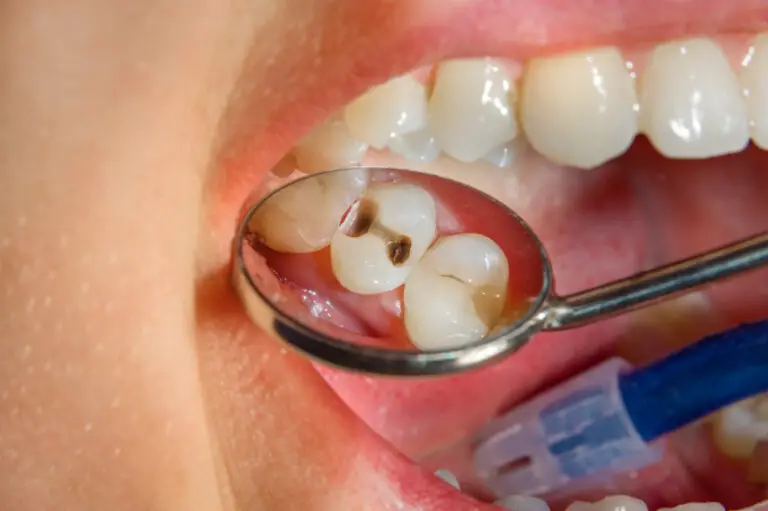A Detailed Overview of Canine Teeth in Humans
The canine teeth are a crucial part of the human dentition, performing essential functions. They are located distal to the lateral incisors and mesial to the premolars in the dental arch. Humans normally have four permanent canine teeth that erupt by around age 13 – one in each quadrant adjacent to the incisors.
The canine teeth have the longest crowns of any tooth in humans, hence their name from the pronounced canine teeth in dogs and wolves. Canines function primarily for piercing, gripping, and tearing food. They also play a role in speech and expression. Given their importance, the length of canine teeth has been extensively studied in fields like anatomy, anthropology, and dentistry.
Key Details About Canine Tooth Anatomy
The visible part of canine teeth includes the anatomical crown that protrudes above the gumline. Under the gums, each canine tooth has a long tapered root that anchors it firmly in the jawbone. The crown comprises a core of softer dentin covered by an enamel layer of hardened calcium phosphate.
Inside the tooth is the pulp chamber containing nerves and blood vessels. The root consists of dentin covered by an outer layer of cementum. The periodontal ligament joins the cementum to the bony tooth socket providing shock absorption and sensation.
Looking top-down at the chewing surface, canines have a simple cone-like shape with a single cusp tip. The crown is wider labiolingually than mesiodistally. The incisal edge is chisel-shaped and serrated for tearing food.
In the upper arch, the maxillary canines erupt distal to the lateral incisor teeth. Being situated under the eyes gives them the nickname “eye teeth”. The mandibular canines in the lower jaw erupt mesial to the first premolars. With their sharp incisal edges, the lower canines are considered the most piercing teeth.
Canine Teeth Eruption Times
The canine teeth begin developing early in childhood but take years to fully erupt into the mouth. Here are the approximate ages when each stage of canine tooth development is reached:
- Initial calcification – 5 months in utero
- Crown completed – 9 months after birth
- Root completed – 3-4 years
- Tooth eruption – 11-12 years
- Apex closure – 13-15 years
The late eruption of canines makes them among the last permanent teeth to come through, usually after the first molars and incisors. The long development process can lead to displacement of maxillary canines requiring orthodontic alignment.
Average Canine Tooth Length in Humans

Many studies have aimed to quantify the average length of canine teeth in different populations. Although some variability exists, certain trends have emerged:
- Upper canines are significantly longer than lower canines
- Men exhibit longer canines than women on average
- Tooth length correlates strongly with skeletal and body size
This sexual dimorphism relates to genetic and hormone factors during development. Precise figures for canine tooth length are presented below:
Average Maxillary (Upper) Canine Length
| Gender | Tooth # | Average Length | Range |
|---|---|---|---|
| Male | #6, #11 | 25 – 26 mm | 22 – 27 mm |
| Female | #6, #11 | 23 – 24 mm | 20 – 26 mm |
Average Mandibular (Lower) Canine Length
| Gender | Tooth # | Average Length | Range |
|---|---|---|---|
| Male | #22, #27 | 22 – 23 mm | 20 – 24 mm |
| Female | #22, #27 | 21 – 22 mm | 18 – 23 mm |
These numbers confirm males have longer canine teeth than females by 2-3 mm on average. Maxillary canines are also longer than mandibular canines by around 2 mm on average.
To visualize these average canine tooth lengths compared to other teeth, see the following chart:
| Tooth Type | Average Length – Males | Average Length – Females |
|---|---|---|
| Maxillary Central Incisor | 10 mm | 9 mm |
| Maxillary Lateral Incisor | 7 mm | 6 mm |
| Maxillary Canine | 25-26 mm | 23-24 mm |
| Mandibular Central Incisor | 9 mm | 8 mm |
| Mandibular Lateral Incisor | 7 mm | 6 mm |
| Mandibular Canine | 22-23 mm | 21-22 mm |
This highlights the canines as the longest teeth in the human mouth, extending well beyond the incisors and premolars.
Canine Tooth Length from Childhood to Adulthood
The progressive growth of permanent canine teeth can be tracked from first appearance through to the completion of root development:
Canine Length – Childhood
- Age 3 – newly erupted canine crowns measure around 15 mm
- Age 6 – canine crowns extended to 17-19 mm as more erupts
- Age 9 – canine crowns around 20 mm with partial root development
Canine Length – Adolescence
- Age 12 – canine crowns 22-23 mm with almost complete root development
- Age 15 – canines reach full adult length of 22-26 mm with closed apices
Canine Length – Adulthood
- Age 18+ – canines maintain stable length unless excessive wear or fracture occurs
- Age 60+ – minor shortening of 1-2 mm possible in older adults due to wear
In most individuals, the maxillary and mandibular canine teeth stop increasing in length by the mid-teenage years as root growth completes. Canine length remains largely constant through adulthood into old age, unlike the incisors which exhibit gradual eruption and wear.
Factors Affecting Canine Tooth Length

Many factors can influence the growth and final length of canine teeth including:
Genetic and Environmental Factors
- Inherited genes affect tooth size – e.g. shovel-shaped incisors are generally smaller
- Nutrition and diseases may alter growth and timing of dental development
- Endocrine disorders can accelerate or delay eruption patterns
Gender
- Androgen hormones like testosterone increase canine tooth size more in males
- The Y chromosome likely contributes to greater canine tooth dimensions in males
Ancestral Diet and Evolution
- Meat-rich diets selected for longer canines to tear flesh in early hominids
- Transition to softer foods reduced selection pressure for long canines over time
Tooth Wear and Trauma
- Heavy tooth wear or fracture from injury shortens the visible crown length
- Exposed dentin is softer than enamel making teeth more prone to wear
Developmental Disturbances
- Local or systemic issues can affect odontogenesis leading to smaller teeth
- Example: enamel hypoplasia from birth injury or fluorosis
Clinical Measurement of Canine Tooth Length
Several techniques allow dentists and researchers to accurately measure the length of canine teeth:
Direct Visual Assessment
- Canines are visually examined intraorally during dental exams
- Crown length can be estimated from the incisal edge to the gingival margin
- Accuracy is limited and small differences hard to judge
Periodontal Probing
- A periodontal probe is used to measure visible crown length
- The probe is lined up vertically alongside the canine tooth from incisal edge to gingival crest
- Unable to measure portions of the root below the gums
Dental Radiographs
- Intraoral or panoramic x-rays show the entire tooth from crown to root apex
- Tooth length can be precisely measured by the radiographic scale
- Allows measurement of embedded root portions
Extracted Teeth
- Anthropologists directly measure extracted teeth with calipers
- Length, width, and other metrics quantified more easily ex-vivo
- Archived collections of extracted teeth are invaluable research sources
Importance of Canine Tooth Length

In clinical dentistry and anthropology, knowing the length of canine teeth has many practical applications:
Orthodontic Treatment Planning
- Impacted or ectopically erupting maxillary canines may require surgical exposure and orthodontic alignment
- Ideal dental arch spacing depends partly on the mesiodistal width of canine teeth
Dental Trauma Management
- Assessing fractures – teeth with greater remaining length have better prognosis
- Crown reattachment, crown lengthening, or extraction selected based on residual tooth length
Forensic Analysis
- Canine teeth are used to estimate age of juveniles in forensics due to their predictable growth
- Wound patterns can determine whether human or animal bites caused an injury based on canine length
Evolutionary Studies
- Changes in canine tooth dimensions reflect dietary shifts during human evolution
- Comparing hominid canine lengths reveals selective pressures acting at different epochs
Clinical Research
- Standardized canine tooth measurements aid research on enamel microstructure, wear patterns, and testing novel dental materials
Frequently Asked Questions
Why are canine teeth so much longer than other teeth?
The pronounced length of canine teeth evolved to serve specialized functions. Their sharper tips and edges enabled tearing meat, piercing hide, or grasping prey. Longer canines also provided advantages in combat within or between early hominid species. Over time, cooking and food processing reduced the need for long canines. But they still perform a grasping role and support the facial skeleton.
Do other primates have longer canines than humans?
Most non-human primates such as gorillas and chimpanzees possess much longer and sharper canine teeth than humans. Orangutans have the longest canines, M3⁄4 which function as weapons and display features. In contrast, human canines are relatively short and non-projecting, an example of evolutionary reduction in canine size as diets changed.
What problems are caused by impacted canines?
Impacted maxillary canines fail to erupt properly due to obstruction and remain embedded in bone. This can displace adjacent teeth, destroy bone, or damage tooth roots. Impacted canines have an increased risk of cyst formation, infection, and orthodontic complications. Early detection via x-ray allows interceptive treatment like extraction or surgical exposure and orthodontic alignment.
How does attrition affect canine tooth length?
Attrition is progressive tooth wear over time due to chewing, bruxism, and habits like nail-biting. Age-related attrition gradually shortens the clinical crown length and alters the incisal edges. Excessive attrition is harmful by exposing thinner dentin which wears faster than enamel. Regular dental exams help detect abnormal wear before it substantially shortens the canines.
What other unique features do canines have?
In addition to being the longest teeth, canines are also more stable with a single rooted apex, unlike premolars and molars. The canine root apex closes earlier by age 13-15 years. Canines guide the occlusion and are often the last permanent teeth extracted in old age due to their retentive roots. They are also the most common teeth for dental implants when lost due to their strategic importance.






